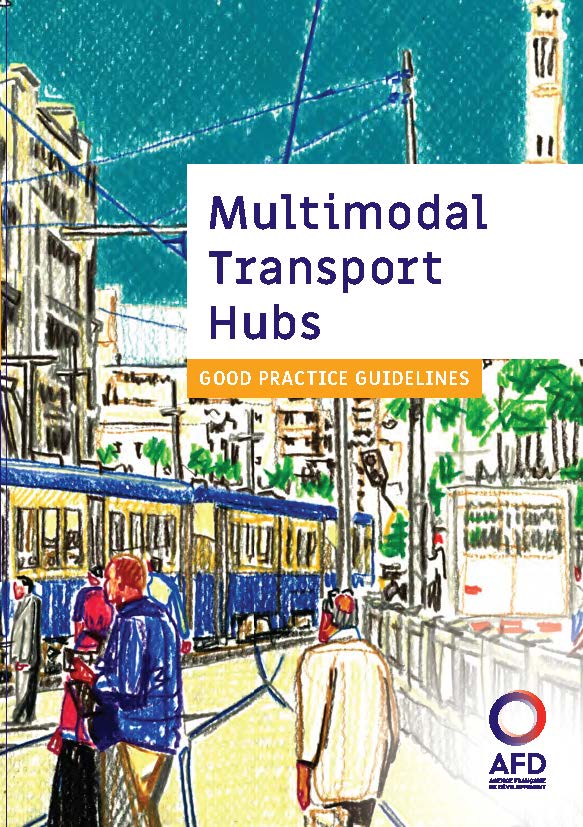Good practice guideline: Multimodal transport hubs

Mobility actors have now fully incorporated the concept of multimodal transport hubs (MTH) into their vocabulary. The notion refers to a building and an urban space, and translates into different realities, functions and practices on the ground. In cities of the Global South, interchange hubs can take the form of railway stations, underground stations, urban bus terminals or simple stops connected to other, sometimes informal, transport networks.
The AFD produced this guidance report based on its return on experience. Through different themes and good practice factsheets, it offers keys to help understand and design such hubs as structuring elements of urban transport networks.
People and goods must be mobile to ensure access to employment and basic services, for the productive economy to run smoothly and for cities to be efficient and liveable. The Agence française de développement (AFD), France's development agency, supports mobility systems that combine infrastructure, services and regulation to provide fair, efficient and sustainable travel solutions for all.
So far the AFD has funded mainly mass linear public transport infrastructures in urban settings, such as underground railways, streetcars and buses with dedicated lanes. It has widened its scope and is now working more and more often on projects such as multimodal transport hubs (MTHs). MTHs are not just about transport – their purpose is threefold: they offer transport, thus managing flows of travellers between different means of transport and associated services; they offer services, provided by shops and other conveniences including offices; they play an urban role, the hub being a heart around which the neighbourhood is organised.
The purpose of this guide is to provide a list – not necessarily exhaustive – of good practices drawn from projects either existing or under development, in order to help design, fund and execute multimodal transport hub projects in countries in which the AFD finances transport infrastructures. It is the result of an iterative, collective work, and draws on the experience gained by the AFD and its partners.
To discover this guideline, click here